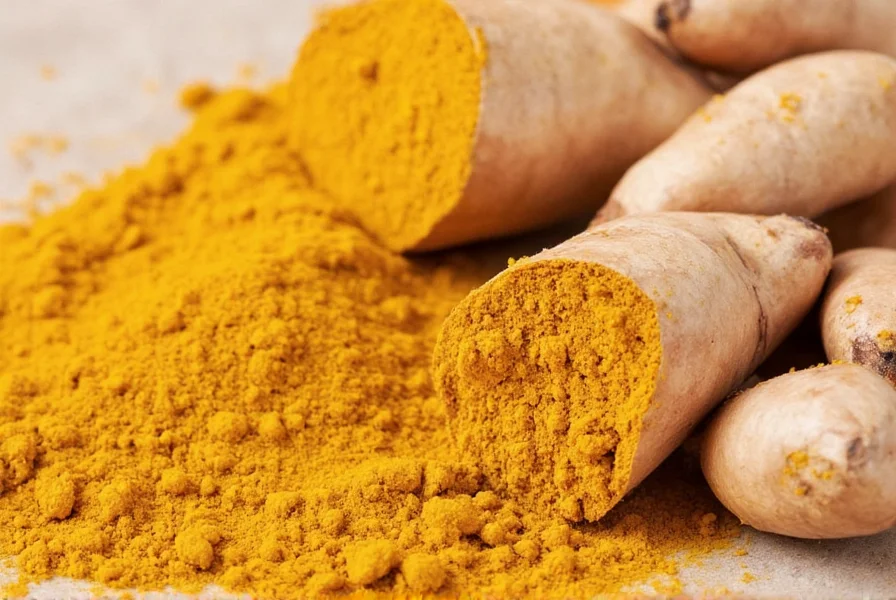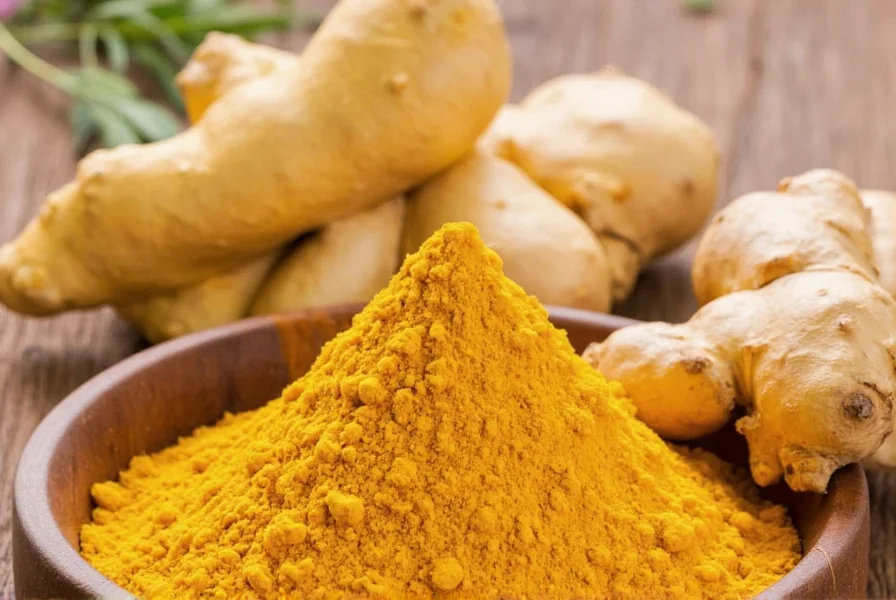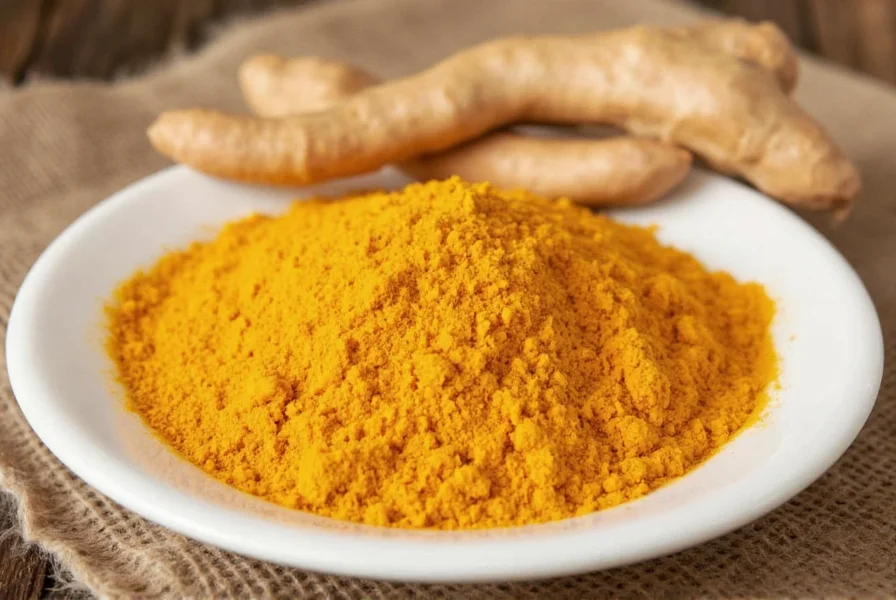For centuries, turmeric and ginger have been staples in traditional medicine systems across Asia and the Middle East. Modern science is now validating what ancient healers understood - these spices offer remarkable health benefits when used individually and especially when combined. This comprehensive guide examines the scientific evidence behind turmeric and ginger, their synergistic effects, and practical ways to incorporate them into your daily routine for optimal health benefits.
The Science Behind Turmeric and Ginger
Turmeric's primary active compound, curcumin, constitutes about 2-8% of the spice and is responsible for its vibrant yellow color and most health benefits. However, curcumin has notoriously low bioavailability on its own. Ginger contains gingerol, shogaol, and other bioactive compounds that contribute to its pungent flavor and therapeutic properties.
Research published in the Journal of Medicinal Food demonstrates that combining turmeric with ginger significantly enhances the absorption and effectiveness of both compounds. The piperine in black pepper, often added to turmeric preparations, can increase curcumin absorption by up to 2,000%, making the combination of turmeric, ginger, and black pepper particularly effective.

Comparative Health Benefits
While both spices share some overlapping benefits, they each have unique properties that make their combination particularly valuable:
| Benefit | Turmeric | Ginger | Combined Effect |
|---|---|---|---|
| Anti-inflammatory | Strong COX-2 inhibition | Moderate anti-inflammatory | Synergistic reduction of inflammation markers |
| Digestive Health | Supports liver function | Relieves nausea, stimulates digestion | Enhanced digestive enzyme production |
| Immune Support | Modulates immune response | Antimicrobial properties | Broad-spectrum immune enhancement |
| Pain Relief | Reduces joint pain | Alleviates muscle pain | Comprehensive pain management |
Synergistic Effects Backed by Research
A 2020 study in Nutrients examined the combined effects of turmeric and ginger on inflammatory markers in adults with osteoarthritis. Participants who consumed both spices showed significantly greater reductions in CRP (C-reactive protein) levels compared to those taking either spice alone. The researchers concluded that the combination creates a "multi-target approach" to inflammation that addresses multiple pathways simultaneously.
The synergy works through several mechanisms:
- Enhanced bioavailability - Ginger compounds may improve the absorption of curcumin
- Complementary pathways - They target different inflammatory pathways
- Extended duration - The combination provides longer-lasting effects
- Reduced dosage needs - Lower amounts of each are needed for therapeutic effects
Practical Usage Guide for turmeric ginger combinations
Understanding the optimal ways to consume turmeric and ginger together is essential for maximizing their health benefits. The best turmeric ginger tea preparation involves freshly grated roots, but powdered forms work well too when properly prepared.
For maximum absorption of turmeric's curcumin, always combine it with:
- Black pepper (containing piperine)
- Healthy fats (like coconut oil or almond milk)
- Vitamin C sources (like lemon)
Here's a simple golden milk recipe that optimizes the turmeric ginger health benefits:
- Heat 1 cup of unsweetened almond milk
- Add 1/2 teaspoon turmeric powder (or 1-inch fresh turmeric)
- Add 1/4 teaspoon ginger powder (or 1/2 inch fresh ginger)
- Add a pinch of black pepper
- Include 1 teaspoon coconut oil
- Add lemon juice for vitamin C
- Simmer for 10 minutes

Safety Considerations and Potential Interactions
While turmeric and ginger are generally safe for most people, certain individuals should exercise caution. The turmeric ginger dosage recommendations vary based on individual health conditions. Those taking blood thinners should consult their physician before consuming therapeutic amounts, as both spices have mild anticoagulant properties.
Potential side effects of excessive consumption include:
- Digestive upset (especially with ginger on an empty stomach)
- Increased risk of bleeding for those on anticoagulants
- Lowered blood sugar levels (caution for diabetics)
- Gallbladder contractions (those with gallstones should be cautious)
The recommended daily amounts for general health maintenance are 500-2,000 mg of turmeric (standardized to 95% curcuminoids) and 1-1.5 grams of ginger. For therapeutic use under professional guidance, higher doses may be appropriate.
Realistic Expectations for turmeric and ginger benefits
It's important to maintain realistic expectations about what turmeric and ginger can accomplish. While the scientific evidence for turmeric ginger anti-inflammatory effects is substantial, these spices are complementary approaches rather than miracle cures. Consistent, long-term use yields the best results, with most studies showing significant benefits after 8-12 weeks of regular consumption.
For those seeking natural approaches to support overall wellness, the combination of turmeric and ginger represents one of the most scientifically validated options available. Their safety profile, when used appropriately, makes them accessible to most people looking to enhance their health regimen with evidence-based natural compounds.











 浙公网安备
33010002000092号
浙公网安备
33010002000092号 浙B2-20120091-4
浙B2-20120091-4